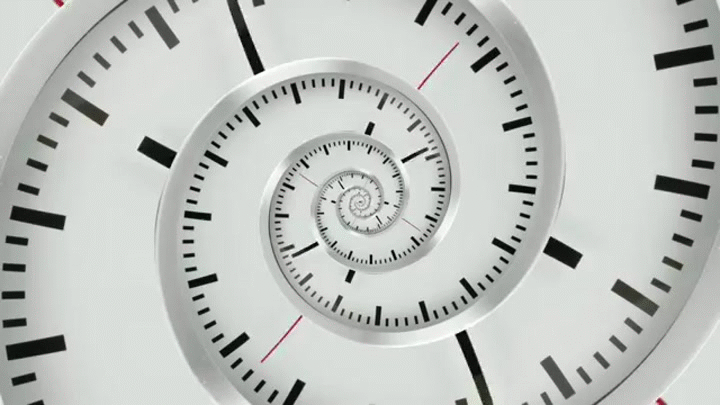The AR Story Archive
Stories of Age/Time Transformation

by: MrChristopher | Complete Story | Last updated Oct 1, 2011
Chapter Description: Seven and eight-year-old children are in a stage of development often called middle childhood. They attend school and they enjoy mastering lots of new physical skills. They learn rapidly in school. The opinions of their classmates matter more than ever before, and they begin to feel the effects of peer pressure.
MIDDLE CHILDHOOD
Seven and eight-year-old children are in a stage of development often called middle childhood. They attend school and they enjoy mastering lots
of new physical skills. They learn rapidly in school. The opinions of their classmates matter more than ever before, and they begin to feel the effects of peer pressure.
Review the rules and limits with the children. Let them help set the limits and rules. Change them when necessary. Let them help plan some activities. They can help solve their own problems.
Seven and eight-year-old children need adults who care about them and will talk and play with them. These can be exciting years for the children and you. You can help them prepare to be healthy teens and adults. Remember that two children of the same age may be at different stages of development. Every child is an individual with different strengths and weaknesses. Each child needs to feel special and cared about.
Understanding this stage in a child’s development will help you:
• plan activities to help children be more independent and have fun,
• feel good about what you do as a provider, and
• help children be successful and to feel good about themselves.
This fact sheet lists some characteristics of seven and eight-year-old children. These characteristics are listed in three main areas: physical
(body), social (getting along with others) and emotional (feelings), and intellectual (thinking and language) devel-opment.
PHYSICAL DEVELOPMENT
• Large muscles in arms and legs are more developed than small muscles. Children can bounce a ball and run, but it is difficult to do both at the same time.
• There may be quite a difference in the size and abilities of children. This will affect the way they get along with others, how they feel about
themselves, and what they do. Seven to nine-year-old children are learning to use their small muscle skills (printing with a pencil) and their large muscle skills (catching a fly ball).
• Even though children are tired, they may not want to rest. You will need to plan time for them to rest.
SOCIAL AND EMOTIONAL DEVELOPMENT
• Children want to do things by and for themselves, yet they need adults who will help when asked or when needed.
• Seven to nine-year-old children of the same age and sex help each other:
o have fun and excitement by playing together,
o learn by watching and talking to each other,
o in time of trouble by banning together,
o by giving support in time of stress, and
o understand how they feel about themselves.
• Children need guidance, rules, and limits.
• They need help in solving problems.
• They are beginning to see things from another child’s point of view, but they still have trouble understanding the feelings and needs of other people.
• Many children need help to express their feelings in appropriate ways when they are upset or worried.
• They need more love, attention, and approval from parents and you than criticism.
INTELLECTUAL DEVELOPMENT
• With an increased ability to remember and pay attention, their ability to speak and express ideas can grow rapidly.
• Things tend to be black or white, right or wrong, great or disgusting, fun or boring to them. There is very little middle ground.
• They are learning to plan ahead and evaluate what they do.
• With increased ability to think and reason, they enjoy different types of activities, such as clubs, games with rules, and collecting things.
• When you suggest something, they may say, "That’s dumb," or, "I don’t want to do it."
• They are still very self-centered although they are beginning to think of others.
• They often say, "That’s not fair!" Often, they do not accept rules that they did not help make.
ACTIVITIES TO DO WITH CHILDREN
• Children learn best by doing. Try to demonstrate instructions for activities or projects.
• Do projects, games, crafts, or activities in which children use large and small muscles together. Use craft projects that beginners can complete. Do not expect perfection from the children.
• Encourage cooperative rather than competitive games. Children like to play both cooperative and competitive games. They both help children prepare of the adult world. Help all children feel like winners.
• Encourage children to collect things like shells, stamps, or flowers.
• Encourage pretend play because it is still an important learning experience.
• Make time for running, hopping, skipping, jumping, and climbing.
• Encourage children to dance or skip to music.
• Encourage children to talk about their feelings while working or playing together.
National Network for Child Care - NNCC. Part of CYFERNET, the National Extension Service Children Youth and Family Educational Research Network. Permission is granted to reproduce these materials in whole or in part for educational purposes only(not for profit beyond the cost of reproduction) provided that the author and Network receive acknowledgment and this notice is included:
Reprinted with permission from the National Network for Child Care - NNCC. Nuttall, P. (1991). *Middle childhood development*. (Family Day Care Facts series). Amherst, MA: University of Massachusetts.
Regression - A Guide To The Developmental Stages
by: MrChristopher | Complete Story | Last updated Oct 1, 2011
Stories of Age/Time Transformation
